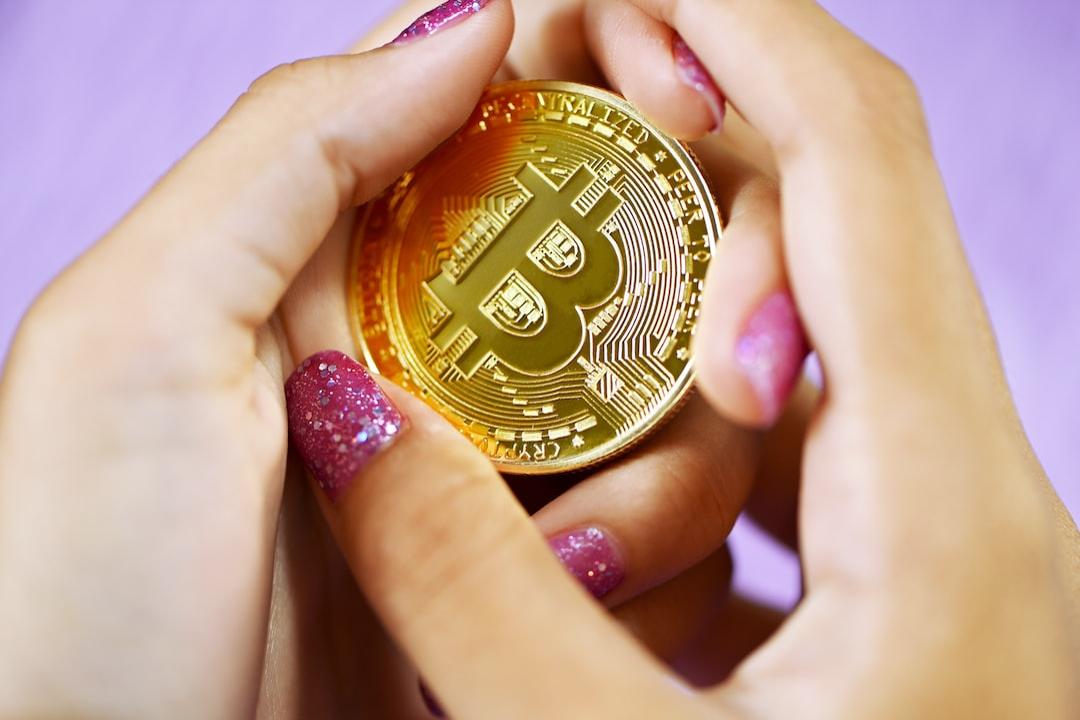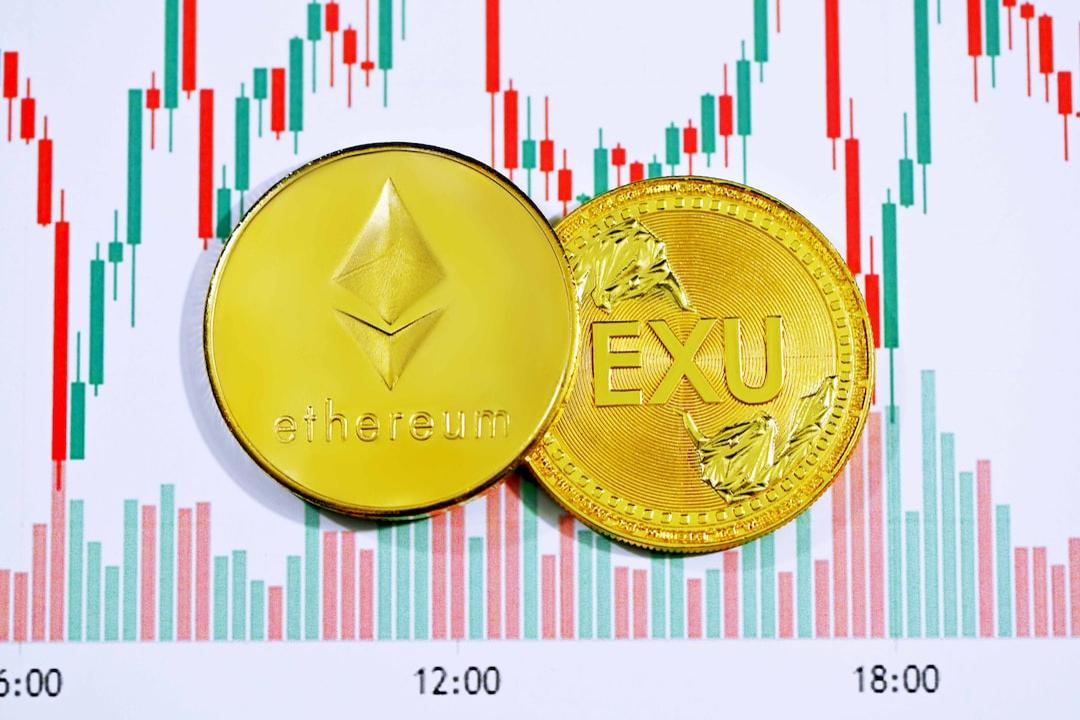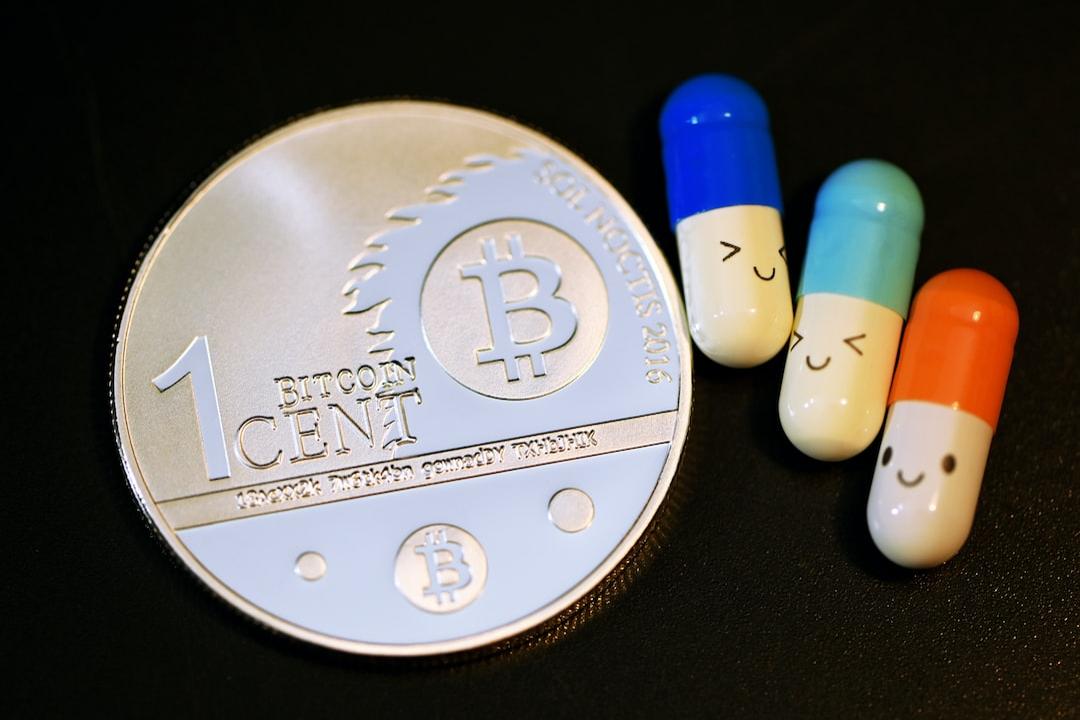Bitcoin’s Optimization Role in Investment Portfolios Remains Significant Despite Short-term Price
In the CryptoAI Summit 2025 hosted by Bitpush, we exclusively interviewed Coinbase Institutional’s Director of Strategy, John D’Agostino. As a key player in institutionalized crypto programs, John shared his insights on the evolving role of Bitcoin, institutional crypto adoption, decentralized finance, and stablecoins in the industry.
Guest Introduction
John D’Agostino is the Director of Strategy at Coinbase Institutional and serves as a board member for several large hedge funds, venture capital funds, public companies, and the Alternative Investment Management Association (AIMA).
In 2019, John co-founded the AIMA Digital Assets Working Group. In 2021, he was appointed as a Financial Innovation Research Fellow for the AIF Global Pension Network by the British Consulate in New York. In 2022, John was appointed as a research fellow at the Massachusetts Institute of Technology’s Computer Science and Artificial Intelligence Laboratory (CSAIL).
As the former Director of Strategy at the New York Mercantile Exchange, John led the establishment of the first energy derivatives exchange in the Middle East in collaboration with the Dubai government, which made him a central figure in two New York Times bestselling books (“Rigged” and “Start Up Of You”).

“Bitcoin has decoupled from a broader tech stock”
On the day before the summit, BTC returned to $100,000 after several months, sparking discussions among investors about the return of the “bull market.”
When asked about his views on market sentiment, John D’Agostino stated, “BTC previously reached $100,000, and these numbers are indeed very important psychologically. They can attract more attention to such assets from the public. I remember the scene when oil first broke $100 per barrel, which was a significant moment. However, we should not overly emphasize a specific number. I think what’s more important is that we see Bitcoin has decoupled from a broader tech stock. To me, that’s more interesting.”
John told Bitpush, “Assuming Bitcoin is only at $90,000 today instead of $100,000, but it has already decoupled in April and early May, as an investor, I would still be happy—if I bought it to improve the Sharpe ratio and capture the upside (which we call the Sortino ratio) of my portfolio.
Whether in terms of its economic relationship with other assets or its absolute performance, Bitcoin is performing as people expect.”
Institutional Whales: A Decade-long “Quiet Accumulation”
Since the approval of the Bitcoin spot ETF, more institutional investors have started to position themselves in Bitcoin. According to data from SoSoValue, as of May 15th, the total inflow of the US Bitcoin spot ETF reached $343.47 million, continuing the momentum of inflows for five consecutive weeks since mid-April.
John D’Agostino told Bitpush, “Even during the period when Bitcoin was falling and people were less interested in Bitcoin, we never stopped seeing the growth of institutional interest. When we talk about institutions, many people refer to hedge funds and asset management companies. These entities are responsible for finding new ways to make money, new sources of alpha returns. They have a duty to pay attention to new asset classes that may generate alpha returns.
So, for the past decade, their interest has been quietly growing, never stopping. Fundamentally, this growth has been slow and steady.”
John explained, “They really like assets that are not highly correlated with other asset classes, they like volatility—this may scare off some retail investors, but institutions like this volatility. They like assets that can provide protection in downturns, have enough volatility for them to trade, and can also profit when a wide range of assets rise. So, Bitcoin possesses all these characteristics.”
“Now, because institutions often have larger and more frequent trading volumes and more reporting requirements than ordinary retail users… they need institutionalized markets, they need compliant markets. We now have such a market. Coinbase has been operating in a compliant manner for a decade. But recently in the United States, the way the government and regulators treat these assets has changed, giving institutions more confidence to trade on compliant platforms in the US without worrying about regulatory troubles. This is a relatively new change. So, I think it’s natural that we see stronger institutional interest, but this interest has never stopped.”
Government and Sovereign Wealth Funds to Join the Wave
Following the previous report, New Hampshire became the first state in the US to pass the “Strategic Bitcoin Reserve” bill. John also mentioned the increasing involvement of government agencies. He said, “Many states, countries, and sovereign wealth funds are already investing even if they have not publicly announced it.”
He told Bitpush, “Frankly, I think the only thing hindering this program is the turnover of leadership. With new leaders being elected—those who are more open, more willing to understand technology, more willing to learn about this innovation… as long as they take the time to listen to the opinions of voters and understand this technology, our future direction is quite clear.
You will see more and more entities from states, countries, and government backgrounds (such as sovereign wealth funds) not only researching it, buying it, but also willing to acknowledge that they do hold such assets. It’s just a matter of time.”
DeFi and Stablecoins: “Perfect Partners”
John is very optimistic about the development of DeFi and stablecoins, believing that DeFi’s rapid expansion is inseparable from the support of stablecoins.
He said, “I believe that in the future, centralized exchanges (CEX) and decentralized exchanges (DEX) will continue to increase, but undoubtedly, now is a good time for decentralized finance (DeFi) and an exciting moment for stablecoins.
These two complement each other, DeFi needs a stable, scalable layer of trading—and stablecoins are perfectly suited to meet this need. Stablecoins act as the lubricant for DeFi applications, enabling rapid expansion of various applications from derivatives to cross-border payments.”
John believes that in the next 1-3 years, stablecoin-based DeFi applications—especially in cross-border payments and derivatives—will experience exponential growth. He told Bitpush, “Although the prediction of ‘trillions of dollars in stablecoin trading volume’ may be somewhat aggressive, undoubtedly, the scale of this market will far exceed what it is now.”
“Bitcoin’s Optimization Role in Investment Portfolios Remains Significant Despite Short-term Price”
When asked about his outlook on the future trend of Bitcoin, John stated that the core function of exchanges is not to predict markets but to provide reliable price discovery mechanisms. He mentioned that while the psychological impact of round numbers (like $90,000 or $100,000) exists, what is more worth noting is the changing correlation of Bitcoin with traditional assets (especially tech stocks). “If Bitcoin can maintain low correlation, even if the price temporarily stops at a certain level, its optimization role in the portfolio remains significant.”
John’s insights have made investors more convinced that the crypto market is transitioning from retail-driven to institutionalized. As regulatory frameworks become more robust, as sovereign funds quietly position themselves, as DeFi infrastructure continues to evolve, we may be standing at the threshold of a new round of industry transformation.


